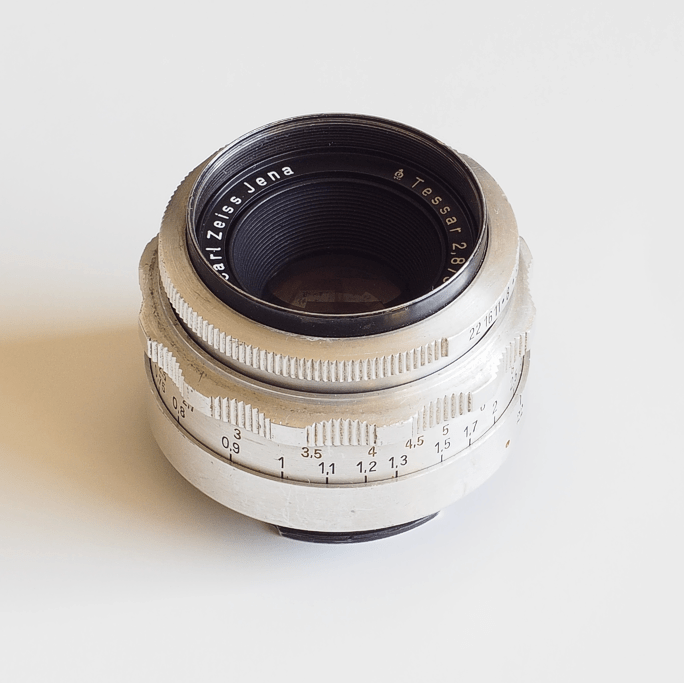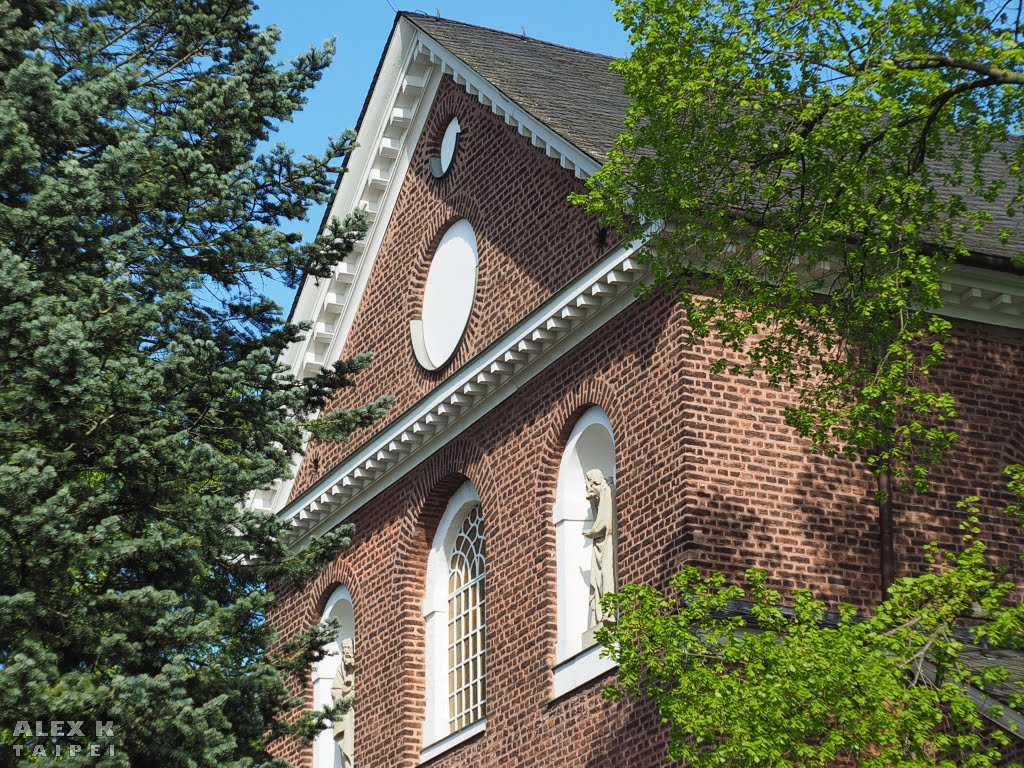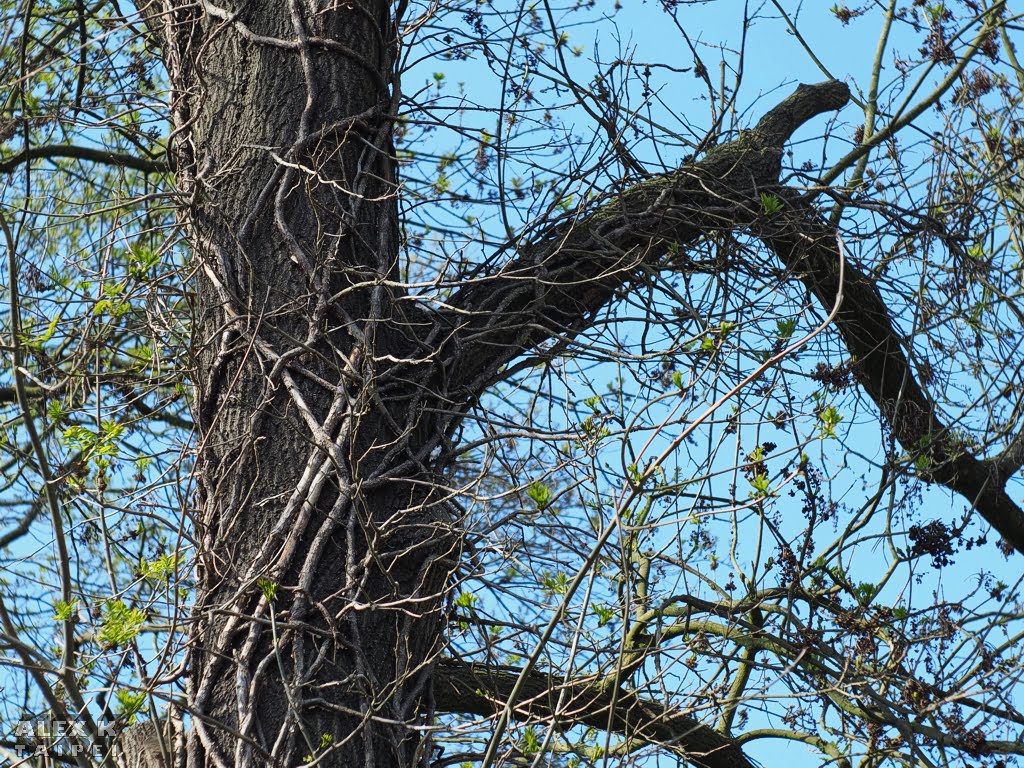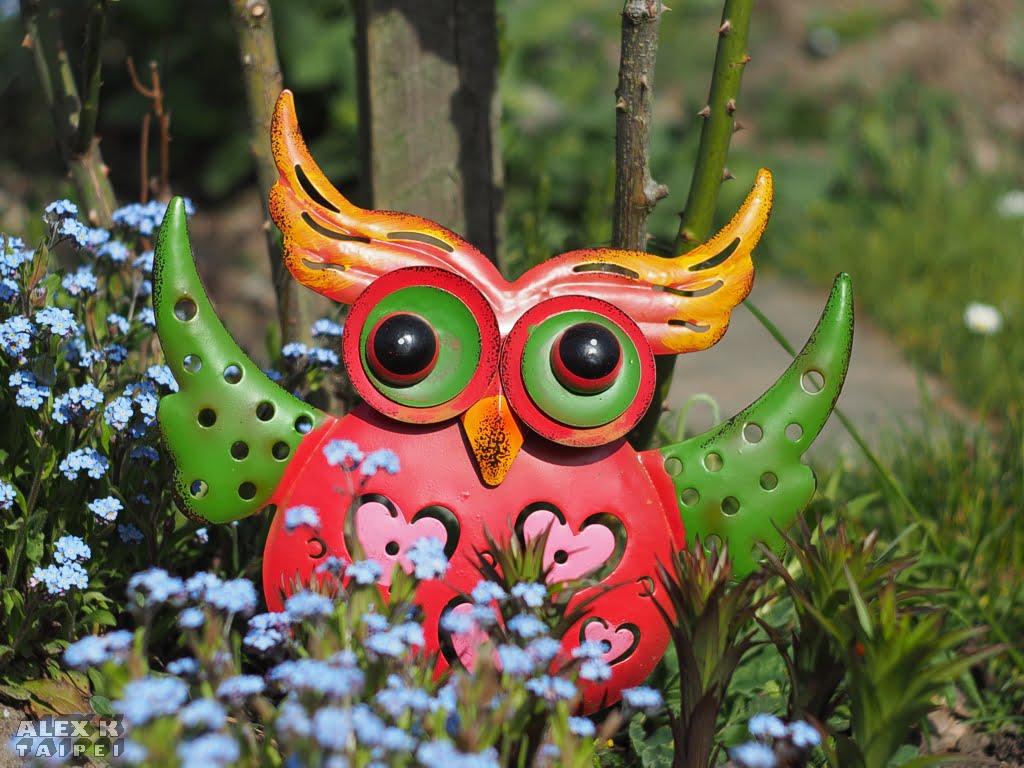A few weeks ago, I traveled back to Germany to visit family and friends. While there, I had the opportunity to revisit my father’s old camera gear, including Exa cameras and lenses from Carl Zeiss Jena and Meyer-Optik Görlitz (all in Exacta mount). These were the tools I first used to learn photography, so I was eager to test the lenses on my Olympus E-M10. I wanted to see how these vintage lenses would perform on a digital camera and whether they could still compare to modern lenses. This is the second part of my review, focusing on two lenses from Carl Zeiss Jena. You can find Part 1, where I discuss the Meyer-Optik lens, here.
Carl Zeiss Jena Tessar 50 mm f/2.8

Zeiss is renowned for producing high-quality lenses and optical equipment, with a long and complex history. After World War II, the original Carl Zeiss company was split into two. One part was relocated from Jena to Oberkochen in West Germany, while the other remained in Jena, in East Germany. The two branches resumed production separately, with the East German branch renamed Carl Zeiss Jena and the West German branch becoming Zeiss Oberkochen. Following the reunification of Germany in 1990, the two companies largely merged to form the Zeiss we know today.
The 50mm f/2.8 lens was introduced in 1951. Based on its serial number, this particular lens was likely manufactured in 1961 or 1962, making it more than 55 years old. The design of this lens was highly successful, with various modifications produced until 1990. One of the most recognizable versions is the so-called Zebra Version, while the latest models were produced entirely in black.
The lens is compact and extremely lightweight, measuring 4 cm in length with a 5 cm diameter. Made of metal, likely aluminum, it weighs just 93 g. The diaphragm consists of 8 blades, with f-stops ranging from 2.8 to 22. The minimum focusing distance is 60 cm, and the focus ring requires a 270° turn to shift from the closest to infinity, allowing for precise and easy focusing. Notably, the front element does not rotate when focusing. On a micro four-thirds camera, this lens provides an angle of view equivalent to a 100 mm lens on a full-frame sensor. Here are a few photos I took with this lens.
More details about the lens as well as example photos and video can be found here.




Carl Zeiss Jena Tessar 80 mm f/2.8T

The red “T” on the lens indicates that it has a coating, while later versions were marked with “MC” for multi-coating. In West Germany, coated lenses were marked with a “V,” and later with the term “Multicoating.” Based on the serial number, this lens was likely built between 1952 and 1955. Like the 50 mm Tessar, the 80 mm version is also made of metal, likely aluminum, but it is heavier at 260 g. The lens measures 9 cm in length and has a diameter of 6.5 cm. It features a diaphragm with 16 blades, creating a circular aperture. The f-stop range is from 2.8 to 16, and the aperture ring has no stops or clicks, allowing for smooth adjustments. The minimum focusing distance is 1 meter, and the focus ring rotates 270°, enabling precise focusing. On a micro four-thirds camera, this lens provides an angle of view similar to a 160 mm lens on a 35 mm full-frame sensor. Below are some example photos taken with this lens.
A full review, additional example photos and example video footage can be found here.




If you like this content and don’t want to miss new blog posts, consider subscribing to our newsletter!


